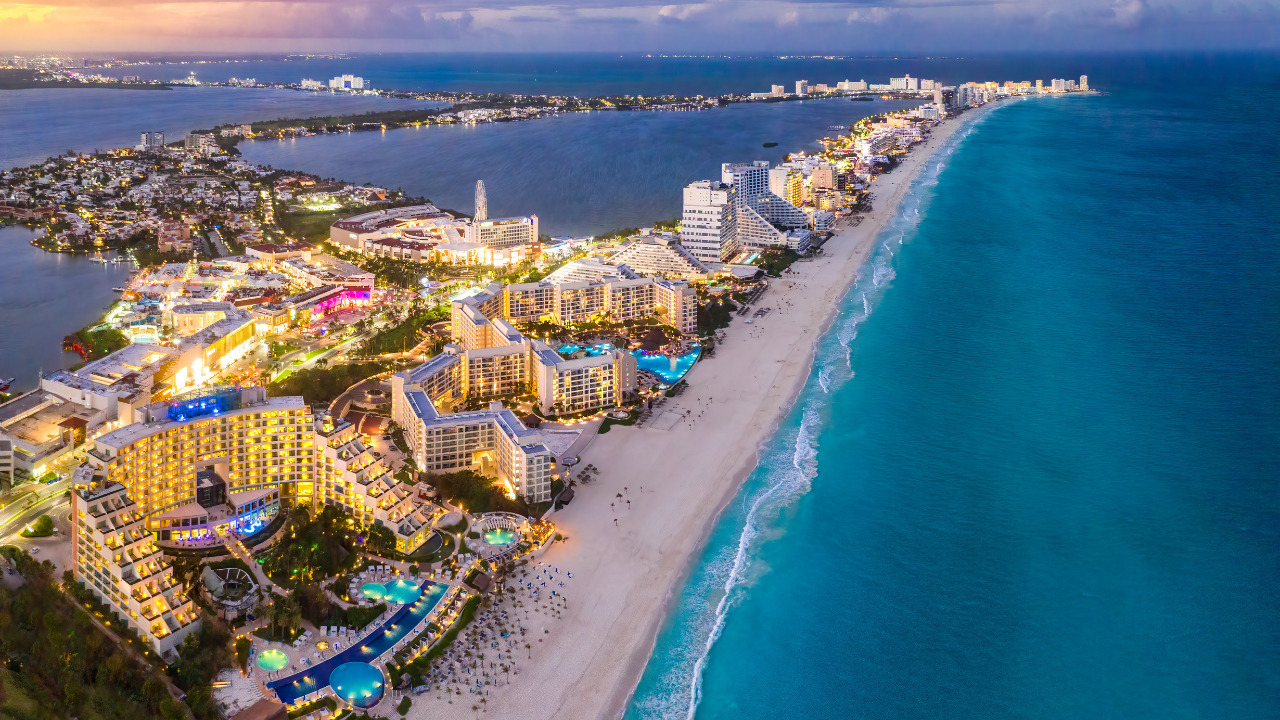Date first published: 13/04/2023
Key sectors: tourism; all
Key risks: organised crime; violent crime; kidnapping; extortion; business disruption
Risk development
Organised and violent crime is on the rise in Mexico’s seemingly paradisiacal Caribbean beach resorts and their surrounding areas. On 16 March the United States (US) issued a travel alert warning travellers to “exercise increased caution” in beach resorts including Cancun, Playa del Carmen and Tulum.
Three incidents within a period of three weeks hightlight the uptick in violence that has affected both Mexicans and foreign nationals. On 28 March a US tourist was injured in a shooting attack in Puerto Morelos, Quintana Roo state. On 3 April four bodies were found in the hotel zone in nearby Cancun. The identities and nationalities of the victims remained unknown. State prosecutors reported that two suspects had been arrested and gang leader Hector Flores Aceves, alias “Pantera”, was also being sought in connection to the killings which were linked to a dispute between rival drug trafficking gangs. On 10 April a Mexican tourist was killed amid a violent robbery in a US chain coffee shop in the nearby beach resort of Tulum. The tourist – reportedly a businessman – was shot after apparently refusing to hand over his watch.
In an effort to quell the violence, on 6 April over 8,000 National Guard, marine and army troops were deployed to the country’s major tourist centres and highways across Guerrero, Quintana Roo, Jalisco, Sinaloa and Veracruz states.
Why it matters
The Caribbean coast is the crown jewel of Mexico’s tourism industry. However, the recent spate of attacks reported by US and international media outlets have raised safety concerns among prospective visitors.
The Ministry of Tourism previously stated that it expects tourism to represent around 8.6 per cent of GDP in 2023. According to official reports, over 30 million US nationals visited the country in 2022, with 19.6 million of them travelling to Quintana Roo state. Therefore, further damage to the region’s reputation could significantly hurt the tourism sector and impact the national economy. Authorities are aware of the need to avoid further damaging the image of tourist sites as fear of crime spreads faster than organised crime itself.
Background
Caribbean beach resorts have been plagued by violence in the past, as drug cartels dispute extortion rackets and local drug markets enticed by the prospect of increased profits from often more affluent foreign tourists. The Sinaloa Cartel, the New Generation Jalisco Cartel (CJNG), the Gulf Cartel, the Pacific Cartel and a smaller organisation known as Grupo Regional – which is formed of former Zetas cartel members and local street gangs – are known to operate in Quintana Roo state. Their activities include drug dealing, kidnapping and extorting ‘protection money’ from business owners.
In June 2022 two Canadian nationals were killed in a shooting attack linked to debts between international drug and weapons trafficking gangs in Playa del Carmen. In October 2021 two tourists – including a California-based travel blogger born in India and a German national – were killed when they were caught in the crossfire of a gunfight between rival drug traffickers in Tulum.
Risk outlook
Despite the recent militarisation of the tourist resort region, the risk of kidnapping, extortion and homicide will remain heightened amid ongoing gang turf wars. Although the risk posed to local nationals is higher, sporadic attacks involving foreign nationals will continue to take place.



